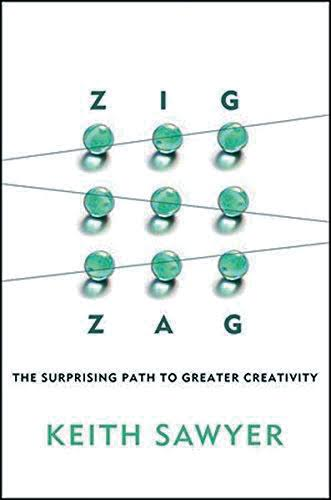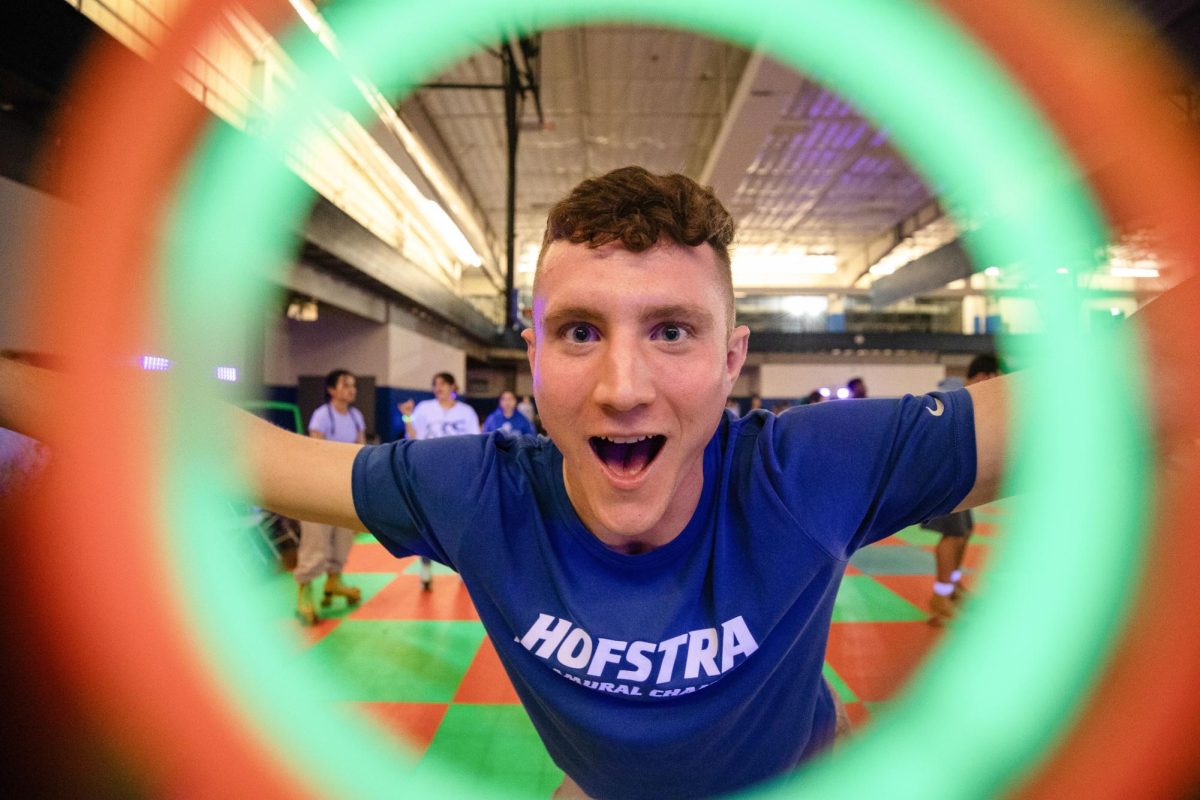
In his book “Zig Zag,” Professor Keith Sawyer presents a guide that features descriptions of various habits and practices which seek to maximize successful creativity. The Morgan Distinguished Professor in Educational Innovations at the University of North Carolina’s School of Education spoke to Hofstra students on Wednesday, April 19, about his science-backed guide in hopes of sparking inspiration for innovation amongst audience members.
Throughout his presentation, Sawyer explained that the key to creative success lies in some habits of the mind. He describes these habits as asking questions, staying aware, choosing the right ideas and making those ideas better.
“Creativity is not mysterious and it’s not a big flash of insight that comes to you as a surprise, unexpected and changes the world – it’s just the opposite. Creativity is a way of life, a process through time that starts with a small idea that all of us can have many times every day,” Sawyer said.
Kirsten Rickershauser, a sophomore publishing studies major, believes that creativity is a key element of a student’s transition from college years into adulthood. She emphasized the impact that creativity has on making a young applicant stand out in search of post-graduation employment.
“I’ve learned that most jobs actually require a good amount of creativity, so I think books that encourage that and work to enhance people’s creativity can do nothing but help people in the job searching process,” Rickershauser said. “Creativity is the most important thing – it is absolutely essential.”
Dr. Craig Rustici, a professor and chair of the English Department, organized the event and explained the impact that Sawyer’s psychological findings have on college students as they enter increasingly competitive and fast-paced professional environments.
“As the pace of business and technological change accelerates more and more, skilled workers need to be able to ‘zig-zag,’ as Sawyer puts it, to ask a new question, to see a new purpose for a product or innovation and to break out of narrowly linear thinking,” Rustici said. “Graduates who can demonstrate those habits of mind should have a competitive advantage when applying for jobs with organizations that have embraced Dr. Sawyer’s message.”
For many students, creativity was not simply an option but a requirement. Xiamin Zhang, a graduate student in the Languages Other Than English and Teaching English to Speakers of Other Languages program, emphasized the need for creativity in career and life advancement. Zhang said, “It all really depends on the graduate’s future job, but there are positions where creativity is really an absolute necessity. Life changes – maybe you stayed in a position for a very long time and you want to have a life change, then you still have to think about creativity to make those choices.”
Sawyer urged audience members to to constantly be aware as well as engage proactively with the world around them.
“Creativity is not easy – exceptional creators work very hard at being creative, and anyone of them will tell you that,” Sawyer said. “The good news is that creativity is a habit and a set of practices which are within your grasp, and anyone can have those small ideas and can master the process – the wandering, zig-zagging, unpredictable process – that leads to successful creativity.”












